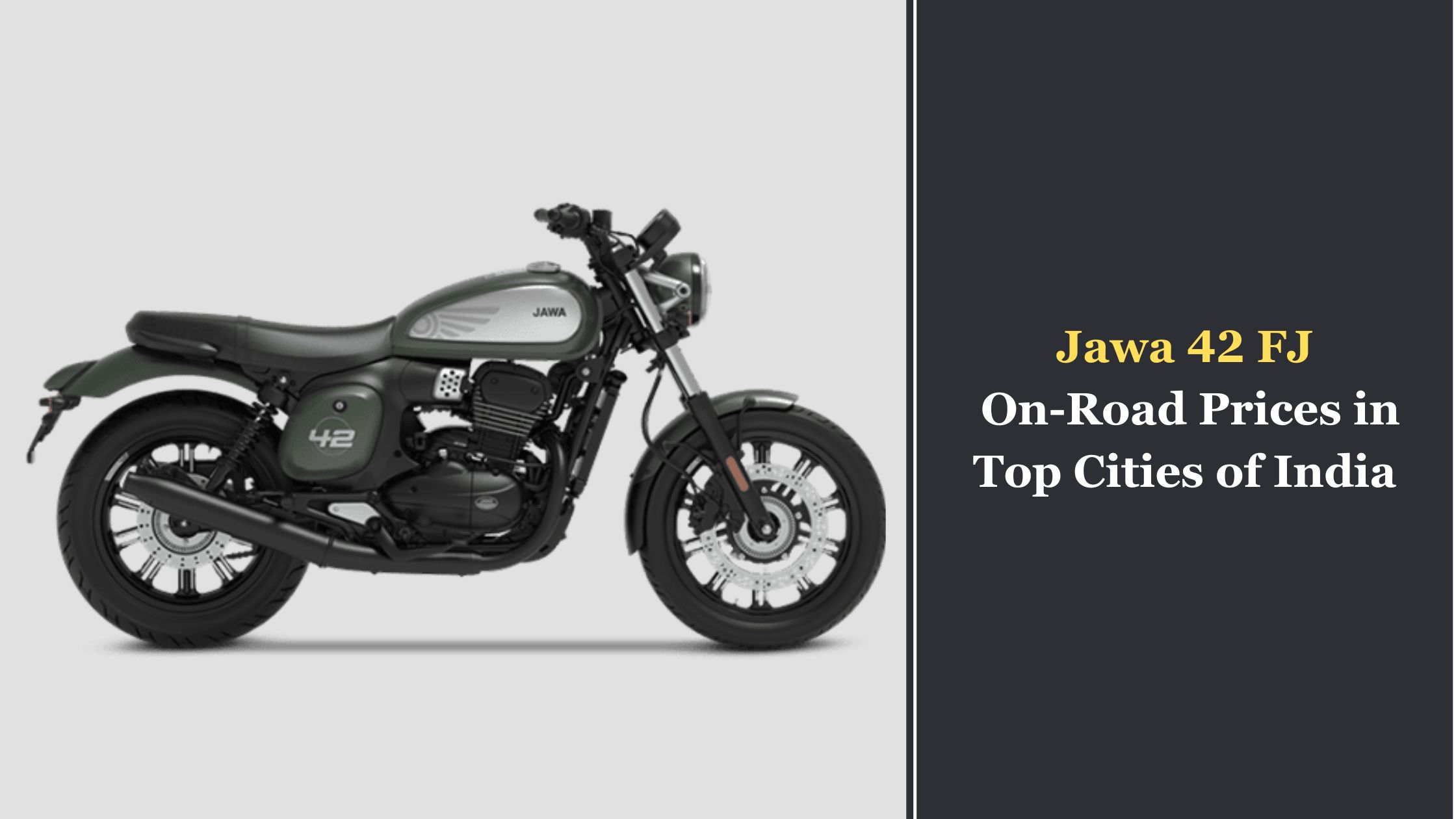
Kawasaki is ready to unveil its latest concept, the spectacular Ninja H2 HySE. This electric hybrid superbike combines a powerful hydrogen fuel cell drivetrain, a fighter jet-inspired design, and significant acceleration capabilities.
The Ninja H2 HySE concept hints at an eco-friendly, high-performance future. Let’s look at essential information about Kawasaki’s hydrogen-powered speed machine.
Hydrogen-Powered Kawasaki Ninja H2 HySE: Key elements
- Powertrain: Hydrogen Fuel Cell + Li-ion battery + Electric motor
- Power: 100 kW / 134 hp
- Top Speed: 160+ kmph (estimated)
- Range: 140-150 km
- Kerb Weight: Under 226 kg
- Brakes 4-piston radial calipers, ABS
- Fuel Capacity: 3.5-liter hydrogen tank
Kawasaki Ninja H2 HySE: Engine Powertrain
At the core of this concept bike is a refined hybrid drivetrain. It combines an electric traction motor, lithium-ion battery pack, and hydrogen fuel cell. The hydrogen is converted into electricity by the fuel cell to charge the batteries and run the motor.
This emissions-free, noise-free electric drivetrain produces rapid acceleration and smooth torque like a jet turbine. Kawasaki says the engine produces 134 horsepower or about 100 kilowatts. With a top speed of over 100 mph, this is enough to take the HySE from 0 to 60 mph in just 3 seconds.
Kawasaki Ninja H2 HySE: Aggressive Styling
The Ninja H2 HySE runs on the same tire track as the Kawasaki Ninja H2R superbike, which is powered by fuel. It has a smooth, aerodynamically high-tech design language for stability at high speeds. For an aggressive balance, the styling includes:
- Short clip-on bars.
- A faceted front cowl.
- LED lighting.
- Exposed trellis frame sections.
Additionally, Kawasaki has equipped it with a full-color TFT dash that shows riding data. Rear-set footpegs are located on the side of the cockpit, while the battery pack and other components are located in the undertail. The cutting-edge design of the bike is reflected in its progressive styling.
Kawasaki Ninja H2 HySE: Hardware
As a superbike, the Ninja H2 HySE is equipped with very advanced technology. It has a semi-active suspension, cornering ABS, traction control with multiple modes, and a 6-axis IMU. The IMU enables lean-sensitive electronics to maximize traction and stop power mid-turn.
Reducing weight was also important, so lightweight bike materials were used to create the composite subframe, swingarm, and trellis frame. The brake discs, wheels, and other parts all follow the same simple design philosophy. Because of this, the HySE maintains a weight under 500 pounds, guaranteeing a high-speed machine.
Hydrogen Fuel Cell Tech
HySE’s hydrogen powertrain was jointly developed by Norwegian company TECO 2030. The hydrogen tank of just 3.5 liters can produce more than 10 kilowatts using its high-power density fuel cell. Refueling with hydrogen is as quick and straightforward as refueling with gasoline, and the only consequence of emissions is water vapor.
Such high-output, compact hydrogen technology is a desirable powerplant option. For this reason, Kawasaki believes that hydrogen bikes will be used on a large scale in the next ten years. As refueling infrastructure expands, hydrogen has the potential to increase the feasibility of electric vehicles.
Conclusion
The Ninja H2 HySE offers the sleek look of a futuristic, high-tech, environmentally responsible motorcycle. It’s clear from Kawasaki Bikes that hydrogen-electric power has the potential to provide an exciting ride without the constraints of a traditional EV. Its quiet operation, emission-free operation, and jet turbine-like power should appeal to a large number of riders.
Just make sure your wallet is well-loaded. Since the HySE is a state-of-the-art halo superbike, it will probably be priced around $50k+ (Rs.35.5-38.5 lakh), similar to the H2. However, for speed lovers who care about the environment, this hydrogen-powered Ninja will be worth the extra money.



